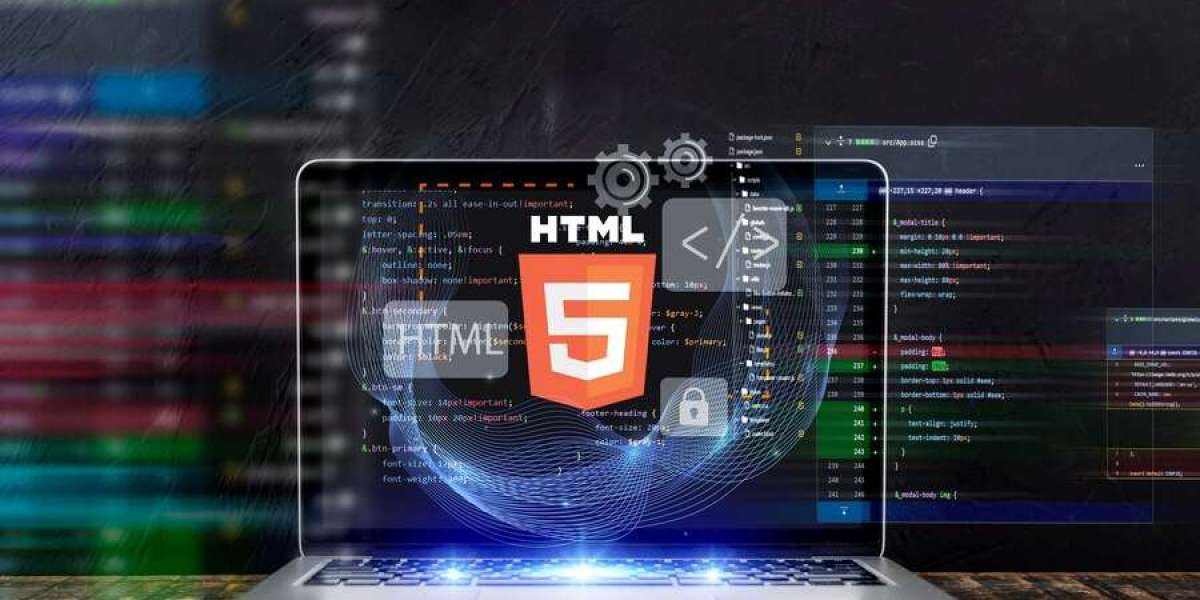Some people object that pragmatic theories sound like relativist. Regardless of whether the truth of a theory is framed by focusing on durability, utility, or assertibility, it leaves open the possibility that certain beliefs will not correspond to reality.
Neopragmatist accounts, unlike correspondence theories, do not restrict the truth to specific topics, statements, and questions.
Track and Trace
In a world full of counterfeiting, which costs companies trillions each year and puts consumer health at risk with defective food, medicine and other products, it is essential to ensure security and transparency throughout the supply chain. Digital authentication is usually reserved for products with high value however, www.pragmatickr.com it can safeguard brands at every stage. Pragmatic's low-cost, flexible integrated circuits make it simple to embed intelligent protection anywhere in the supply chain.
Lack of visibility in the supply chain can lead to fragmented communications and slow responses. Even small shipping errors can cause frustration for customers and require businesses to come up with a complex and costly solution. Businesses can identify problems quickly and fix them in a proactive manner and avoid costly interruptions.
The term "track-and-trace" is used to describe an interconnected system of software that is able to determine a shipment's past or present position, an asset's present location, or a temperature trail. These data are then analyzed to ensure compliance with laws, regulations, and quality. This technology also improves efficiency in logistics by reducing inventory that is not needed and identifying potential bottlenecks.
Currently the track and trace system is utilized by a majority of companies for internal processes. However it is becoming increasingly common to use it for orders from customers. This is because a lot of customers want a fast, reliable delivery service. Additionally, tracking and tracing can result in improved customer service and higher sales.
To lower the risk of injury to workers In order to reduce the risk of injury, utilities have implemented track and trace technology to their power tool fleets. These tools are able to detect the time they are misused and shut down themselves to prevent injury. They also monitor and report the force required to tighten screws.
In other cases the track and trace method is used to confirm a worker's qualifications to perform specific tasks. For example, when an employee of a utility company is installing a pipe they need to be certified to do so. A Track and Trace system can scan an ID badge and then compare it to the utility's Operator Qualification database to ensure that the right people are doing the right jobs at the appropriate times.
Anticounterfeiting
Counterfeiting has become a major problem for consumers, businesses and governments across the globe. The scale and complexity of the issue has grown with globalization since counterfeiters operate in multiple countries that have different laws, languages, and time zones. It is hard to track and track their activities. Counterfeiting is an issue that can damage the economy, harm brand image and even harm human health.
The global market for anticounterfeiting technologies, authentication and verification is predicted to grow by 11.8 percent CAGR from 2018 to 2023. This growth is a result of the rising demand for products with enhanced security features. This technology is used to monitor supply chain and protect intellectual property rights. It also protects against online squatting and unfair competition. The fight against counterfeiting requires the collaboration of stakeholders around the globe.
Counterfeiters can sell their fake products by mimicking authentic products with low-cost manufacturing. They can use a number of methods and tools, such as holograms and QR codes to make their products appear genuine. They also set up websites and social media accounts to promote their products. Anticounterfeiting technology is crucial for both consumer and business safety.
Some fake products can be harmful to consumers' health, while others result in financial losses for businesses. Recalls of products, loss of revenue as well as fraudulent warranty claims and overproduction costs are all examples of the harm caused by counterfeiting. A company that is affected by counterfeiting will find it difficult to regain the trust of its customers and build loyalty. Additionally, the quality of counterfeit products is poor and could damage the reputation and image of the company.
By using 3D-printed security features A new method for preventing counterfeiting can help businesses defend their products from counterfeiters. University of Maryland chemical and biomolecular engineering Ph.D. student Po-Yen Chen collaborated with colleagues from Anhui University of Technology and Qian Xie in the development of this new method of safeguarding products from counterfeits. The team's research uses the use of a 2D material tag and an AI-enabled software to verify the authenticity of products.
Authentication
Authentication is a crucial aspect of security that checks the identity and credentials of the user. It is different from authorization, which determines what tasks the user is allowed to perform or what files they are able to view. Authentication validates credentials against known identities to confirm access. Hackers are able to bypass it, but it is a vital component of any security system. Using the finest authentication techniques can make it harder for fraudsters to take advantage of your business.
There are a variety of authentication ranging from biometrics to voice recognition. The most common type of authentication is password-based. It requires the user to enter a password that matches the one they have stored. The system will reject passwords that do not match. Hackers can easily guess weak passwords. It's therefore important to use passwords that contain at least 10 characters long. Biometrics is an advanced method of authentication. It could include fingerprint scanning or retinal pattern scanning and facial recognition. These kinds of methods are extremely difficult for attackers to duplicate or fake and are considered to be the strongest form of authentication.
Possession is a second type of authentication. Users must provide proof of their distinctive features, such as DNA or physical appearance. It is often paired with a time factor that can help to weed out attackers who want to take over a website from a distant location. But, these are just supplementary types of authentication and should not be used as an alternative to more secure methods such as biometrics or password-based.
The second PPKA protocol is based on a similar approach, but it requires an additional step to verify authenticity. This involves confirming the node's identity, and making a connection between it and its predecessors. It also checks to see if the node is linked to other sessions and then confirms its integrity. This is a major improvement over the previous protocol which did not achieve session unlinkability. The second PPKA protocol also offers greater protection against sidechannel attacks and key-logging. Cybercriminals employ sidechannel attacks to gain access private information like usernames or passwords. To stop this security risk, the second PPKA protocol makes use of the public key of the node in order to encrypt information it transmits to other nodes. The public key of the node is only able to be used for other nodes who have verified its authenticity.
Security
Any digital object should be secured from malicious manipulation or accidental corrupting. This can be accomplished by combining authenticity and non-repudiation. Authenticity verifies an object's identity (by internal metadata) and non-repudiation confirms that the object was not altered after it was sent.
While traditional methods for determining the authenticity of an artifact involve identifying pervasive deceit and malice, testing for integrity can be more efficient and less intrusive. The test for integrity consists of comparing an artifact against some precisely identified and thoroughly vetted original version or authentic copy. This method has its limitations, however, especially in a world where the integrity of an object could be compromised by a range of elements that have nothing to do with malice or fraud.
Utilizing a quantitative survey combination with expert conversations This study explores ways to verify the authenticity of luxury items. The results reveal that consumers and experts alike recognize a number of deficiencies in the current authentication process that is used for these highly valued products. The most frequently cited weaknesses are the high cost for authentication of products and a lack of trust that the methods used are working properly.
 The results also show that consumers want an uniform authentication process and a reliable authentication certification. The results also reveal that both experts and consumers are looking for improvements in the process of authentication for luxury goods. It is clear that counterfeiting costs companies billions of dollars each year and poses a serious danger to health of consumers. The development of efficient approaches to authenticate products of high-end quality is an important area of study.
The results also show that consumers want an uniform authentication process and a reliable authentication certification. The results also reveal that both experts and consumers are looking for improvements in the process of authentication for luxury goods. It is clear that counterfeiting costs companies billions of dollars each year and poses a serious danger to health of consumers. The development of efficient approaches to authenticate products of high-end quality is an important area of study.







